Cahokia Mounds State Historic Site and Interpretive Center


Ancient civilizations are perhaps the most fascinating groups of people to study throughout human history. It is jarring to imagine how people could co-exist in such large numbers during an era before modern medicine, advanced irrigation, and an overall staggering amount of danger that lurked everywhere back then. It is inspiring that people could put aside their differences and come together to build something greater than themselves when the contrary would have been much easier, safer, and simpler. The settlement of Cahokia, in Southern Illinois fits this mold. From prehistory to the 1600s, the Cahokians were the most sophisticated and advanced society north of Mexico. With cities bustling with merchants, artisans, artists, priests and more- Cahokia was the premiere Native-American civilization. With their advanced knowledge of agriculture, science, and coexistence, the Cahokians managed to cultivate a civilization larger than London’s in the year 1250, this despite enduring the brutal winters and scorching summers of the Mississippi Valley.
Not much remains of this once magnificent Native American cultural and economic hub. However, the Cahokians did an excellent job of leaving behind enough to keep their significant legacy and history intact. Visitors can tour the numerous trails offered on site where people can get a sense of what it may have felt like to live in ancient Cahokia. Bring your gym-shoes because you can even climb the 100 foot tall mounds created by the Cahokians all those years ago! From the top of one historic metropolis, you can see a modern one in S.T Louis- reminding visitors that our cities today would not exist if ancient civilizations didn’t put in the leg work.
In the interpretive center, visitors can learn from the myriad exhibits, videos, and knowledgeable volunteers. Visitors will learn everything from the day-to-day life of the Cahokians to what qualified the settlement as an urban-hub. With over 5.4 miles of trails, 100 foot tall mounds, and the engaging interpretive center-visitors will leave the mounds with a much greater understanding of the prehistoric city.
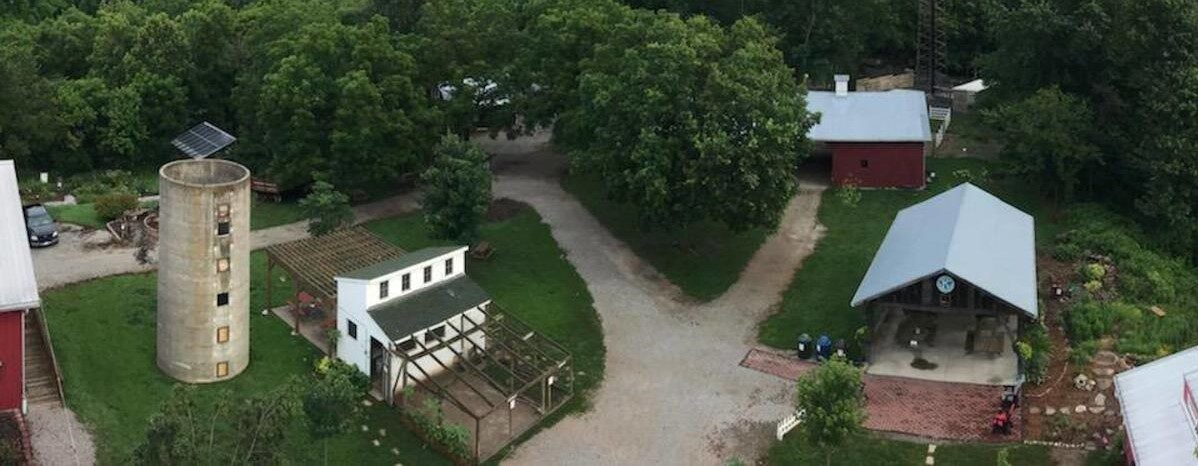
Willoughby Heritage Farm, Willoughby Lane, Collinsville, IL, USA
Distance: 3.60 mi (straight line)
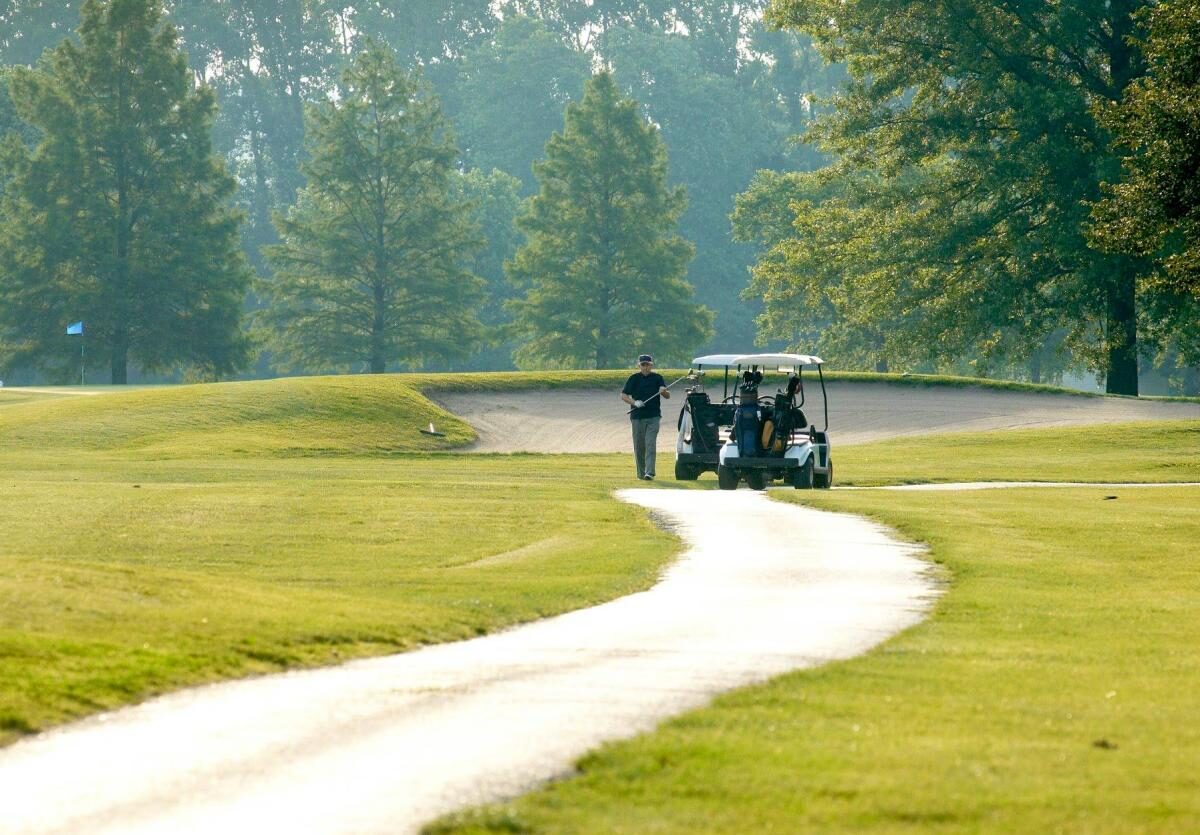
Arlington Greens Golf Course, Arlington Drive, Granite City, IL, USA
Distance: 3.87 mi (straight line)
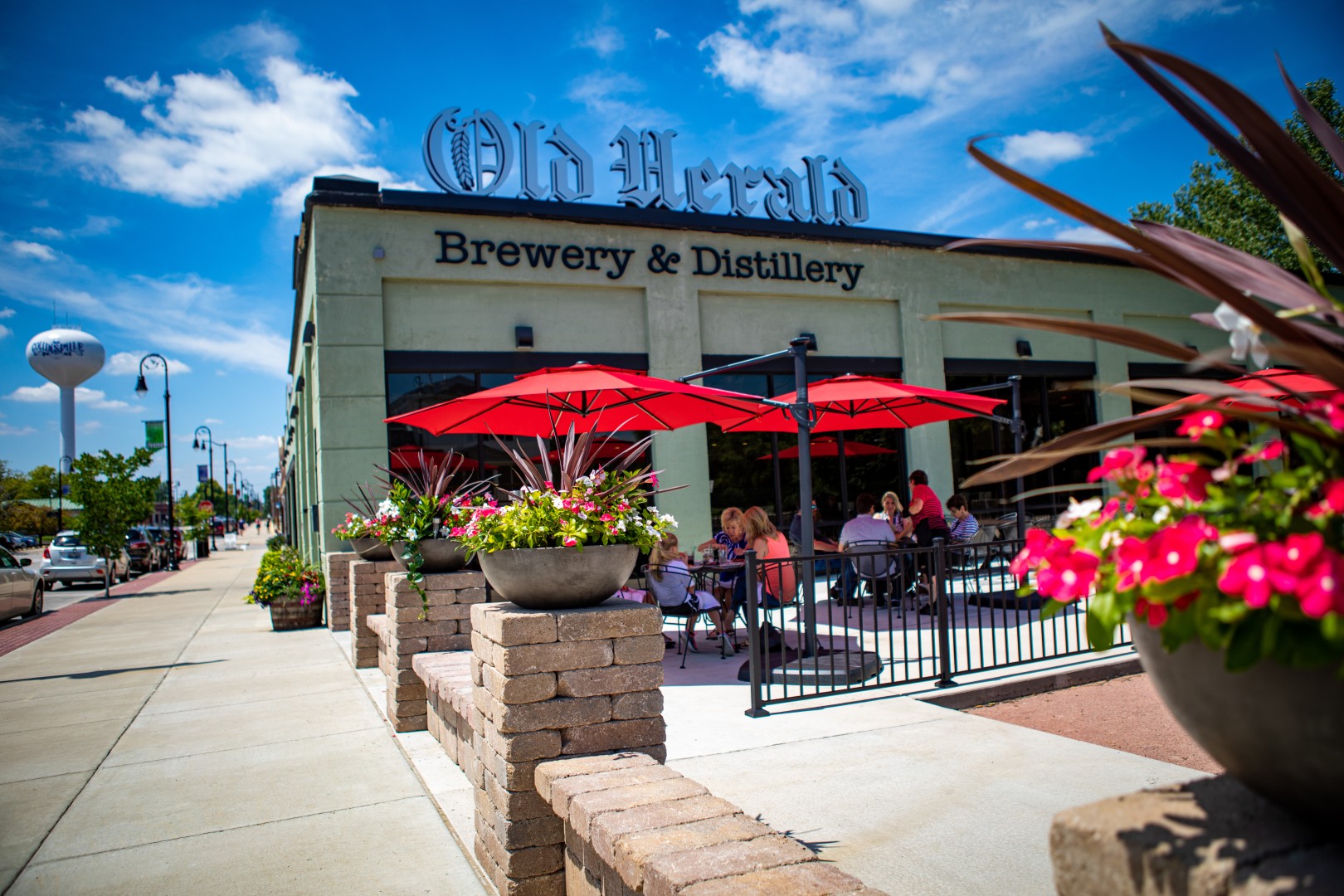
Old Herald Brewery & Distillery, East Clay Street, Collinsville, IL, USA
Distance: 4.24 mi (straight line)

East St. Louis, IL, USA
Distance: 5.24 mi (straight line)
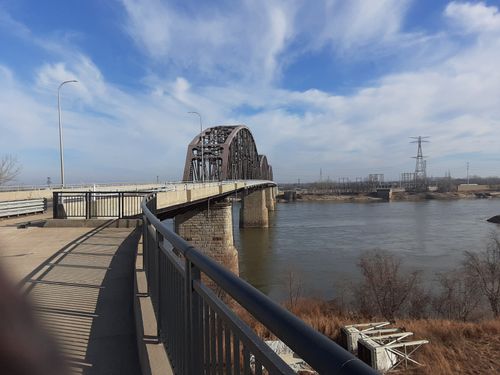
McKinley Bridge, St. Louis, MO, USA
Distance: 6.58 mi (straight line)
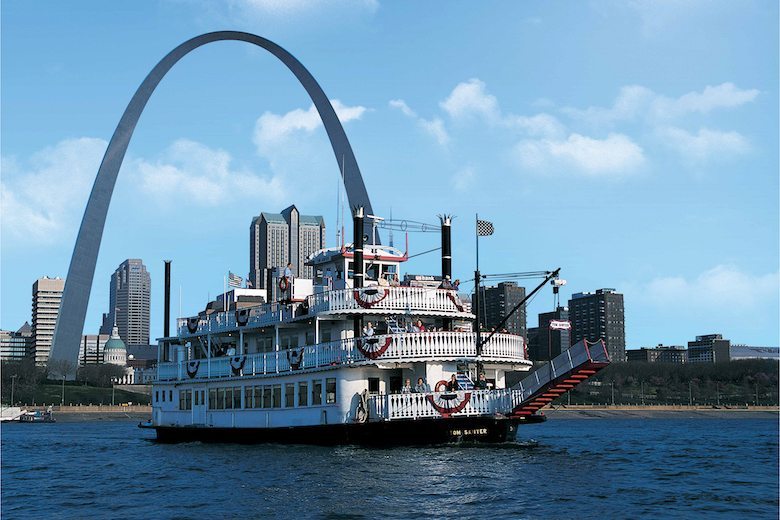
50 S Leonor K Sullivan Blvd, St. Louis, MO 63102, USA
Distance: 6.94 mi (straight line)
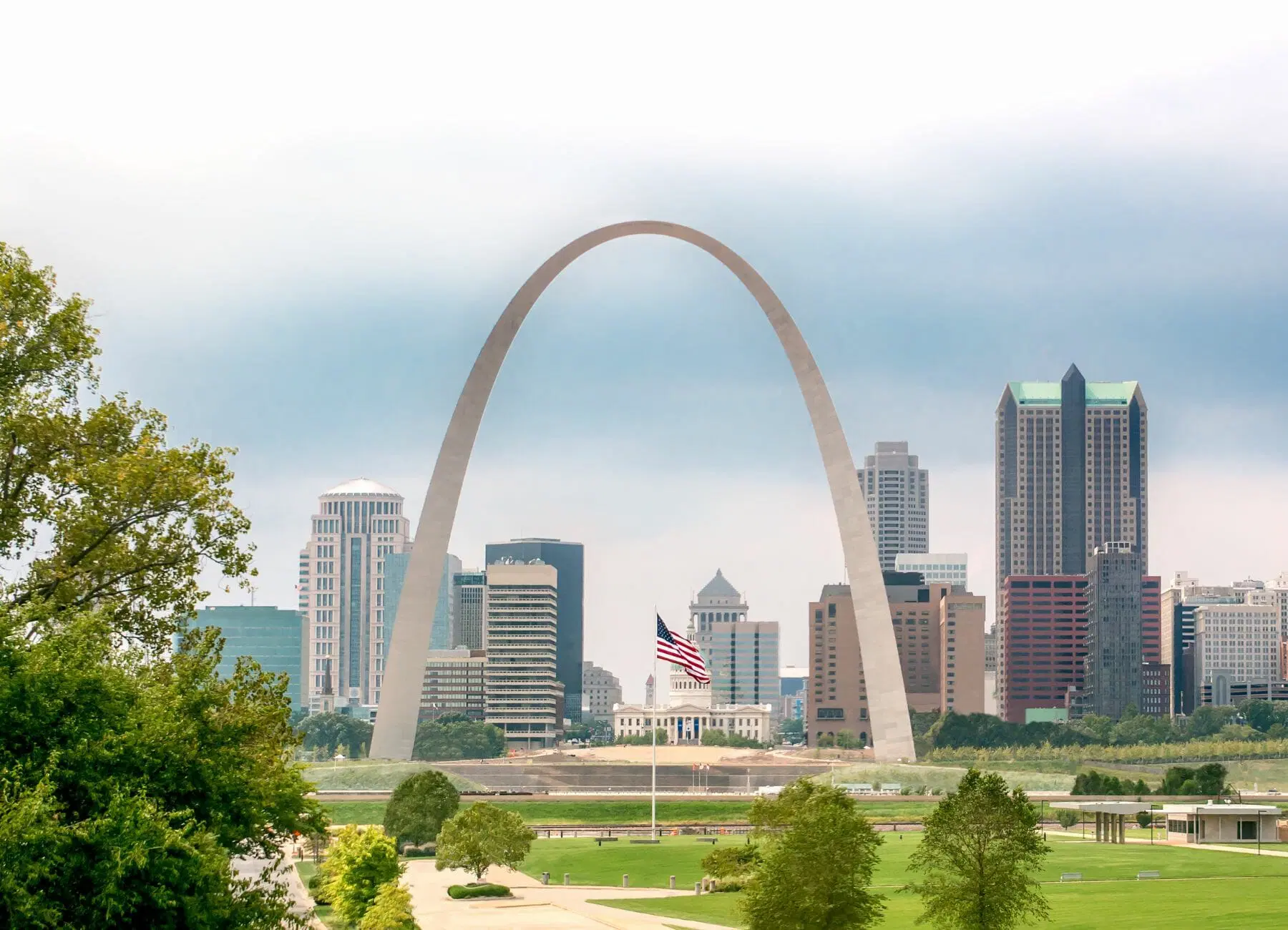
Gateway Arch National Park, St. Louis, MO, USA
Distance: 7.00 mi (straight line)
Museums and Interpretive Centers LC Features Walks and Hikes
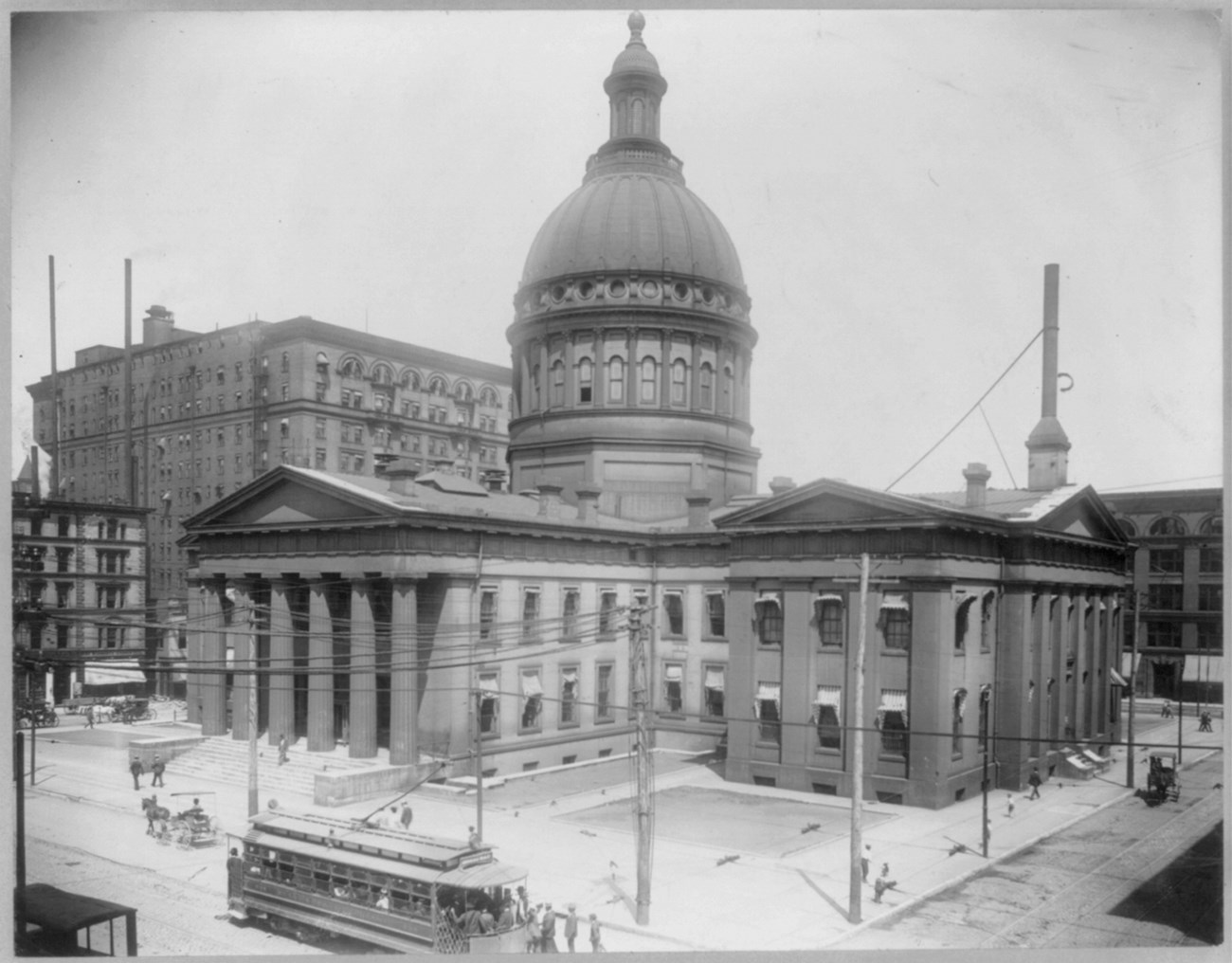
Old Courthouse, North 4th Street, St. Louis, MO, USA
Distance: 7.17 mi (straight line)
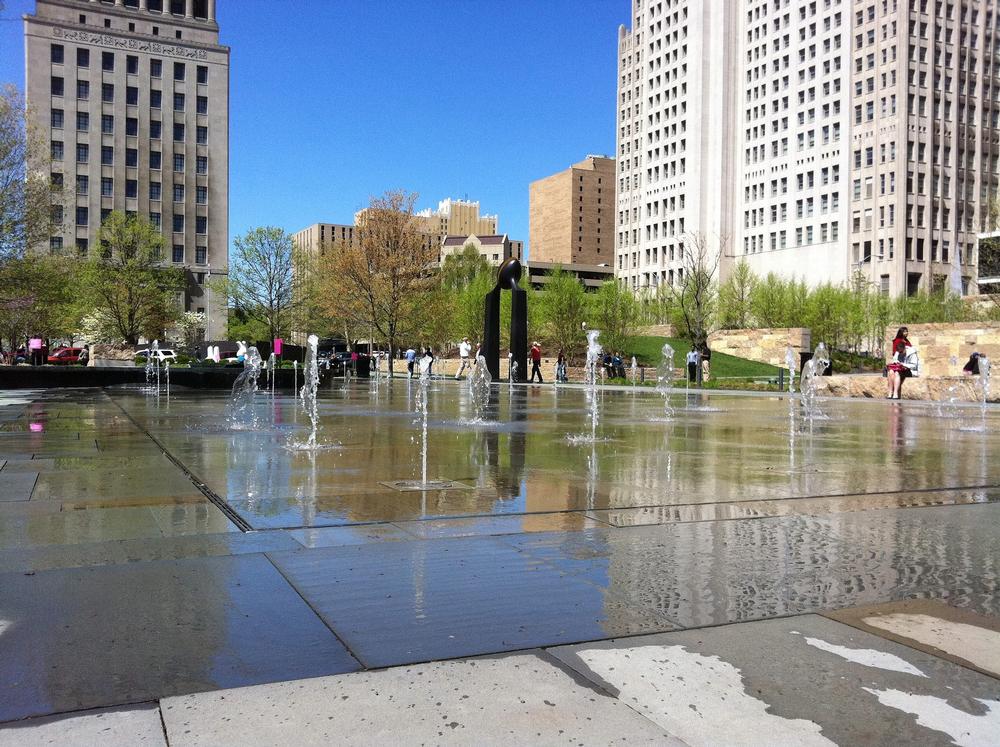
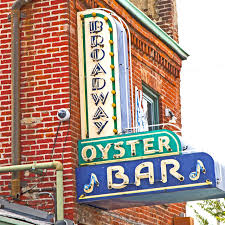
Broadway Oyster Bar, S Broadway, St. Louis, MO, USA
Distance: 7.48 mi (straight line)
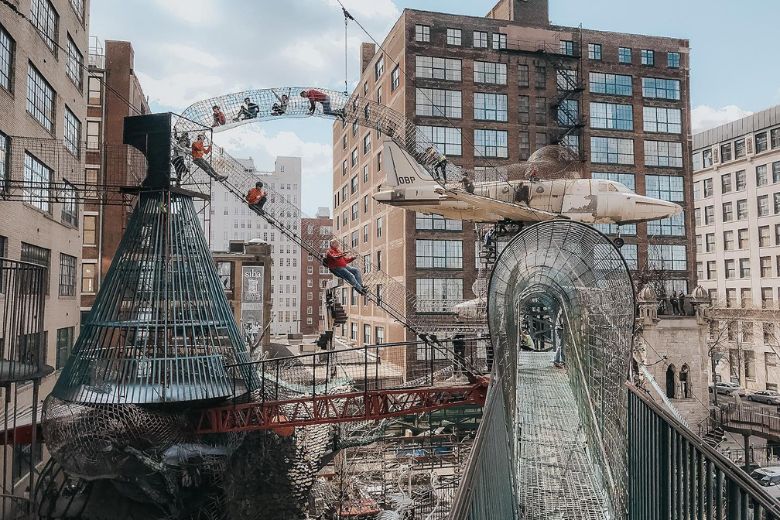

701 N 15th St, St. Louis, MO 63103, USA
Distance: 7.63 mi (straight line)
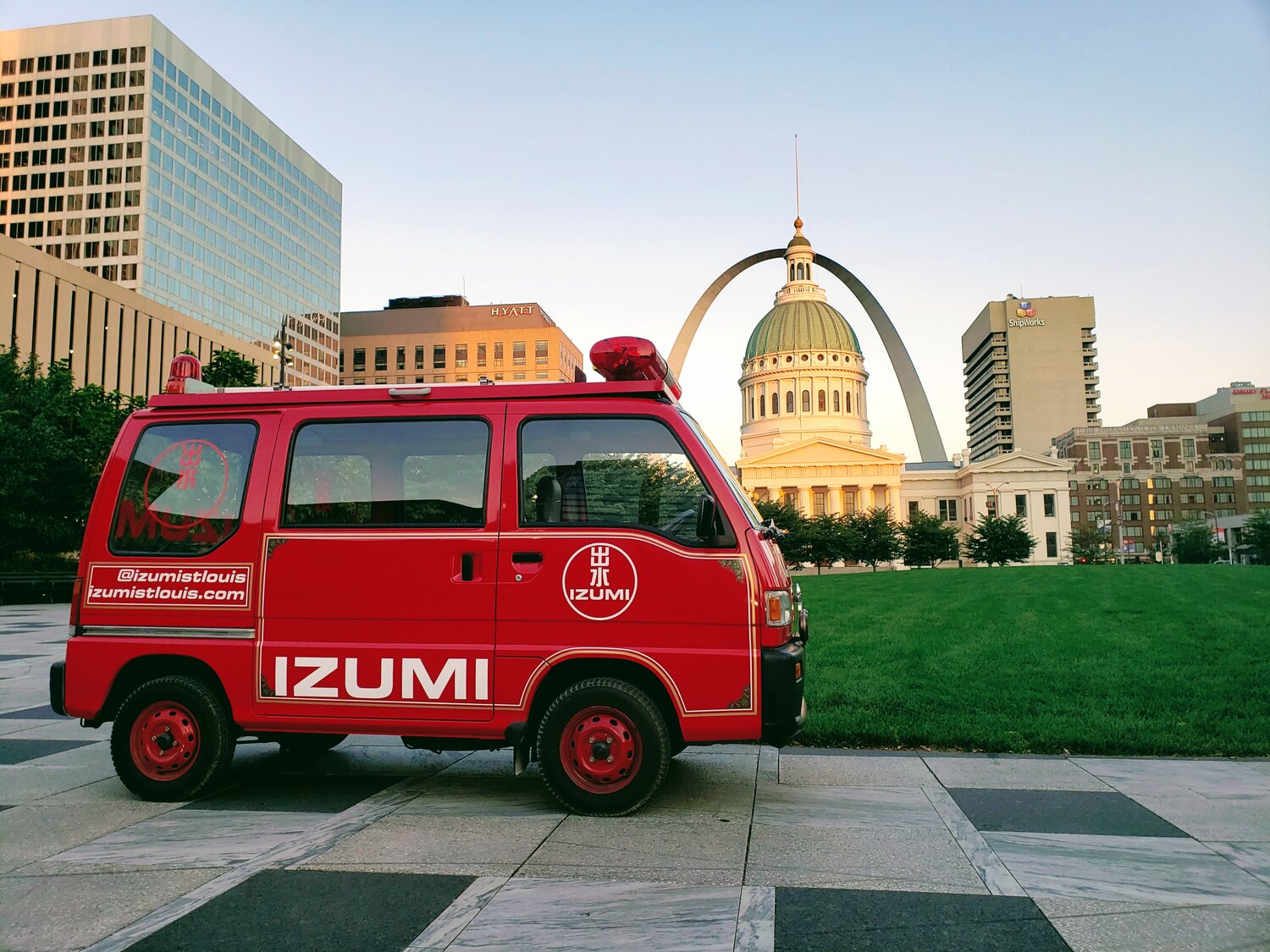
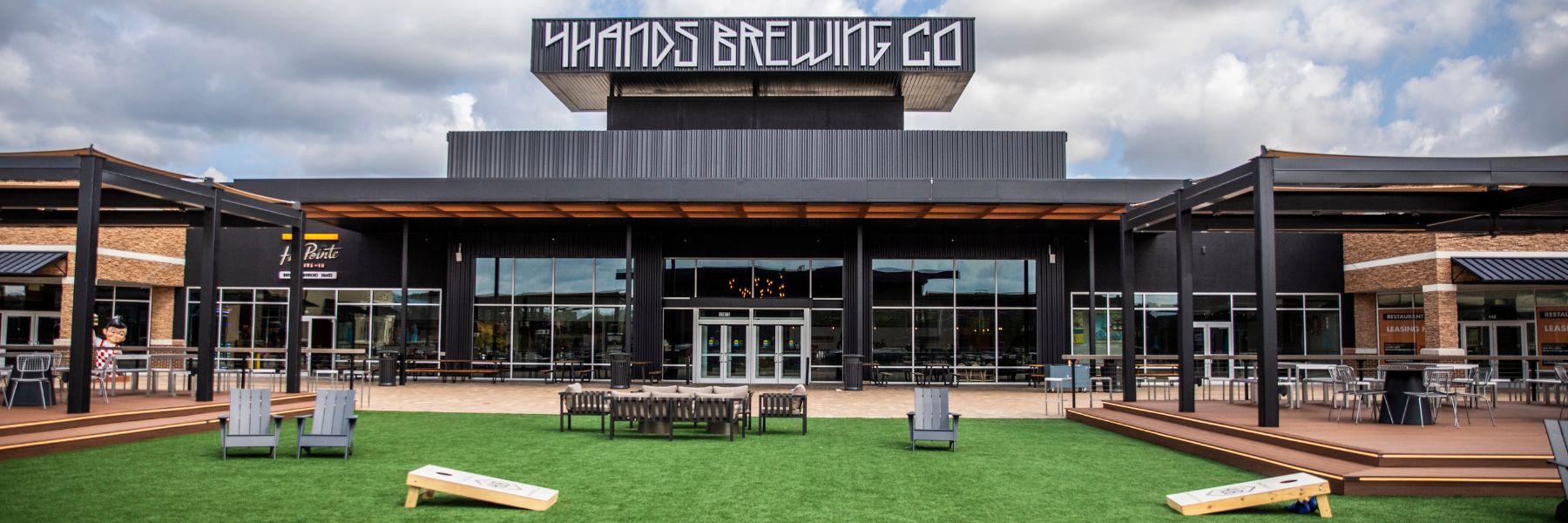
1220 South 8th Street, St. Louis, MO 63104, USA
Distance: 7.83 mi (straight line)
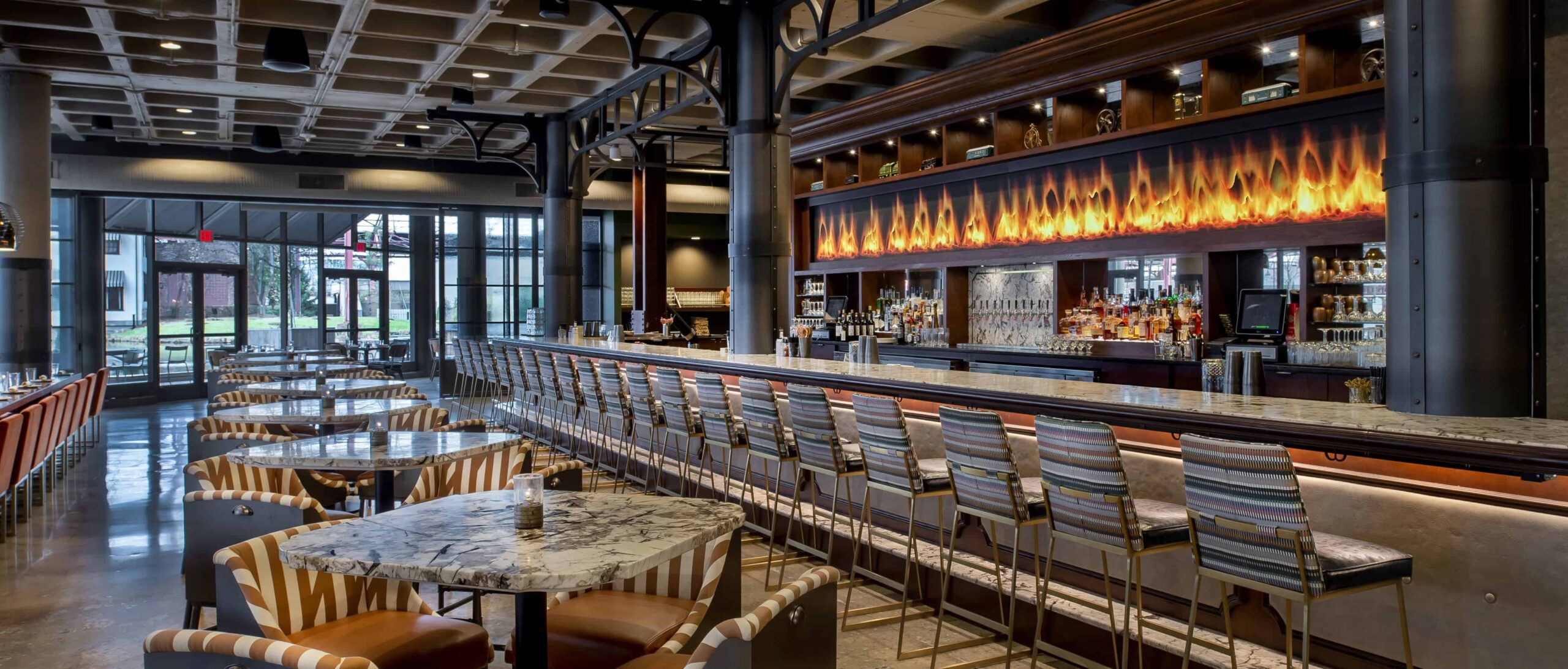
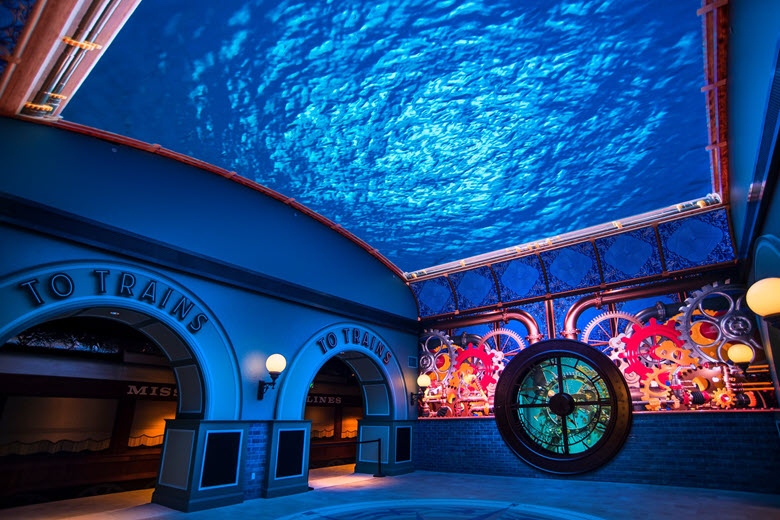
201 S 18th St, St. Louis, MO 63103, USA
Distance: 8.11 mi (straight line)
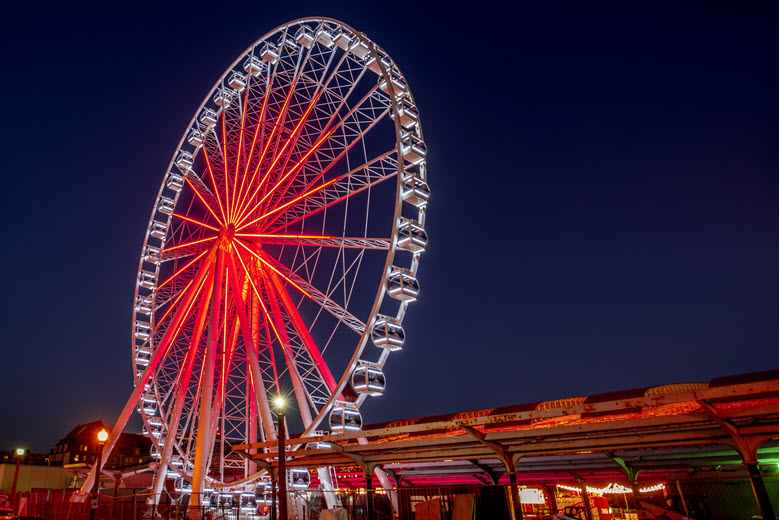
201 S 18th St, St. Louis, MO 63103, USA
Distance: 8.16 mi (straight line)
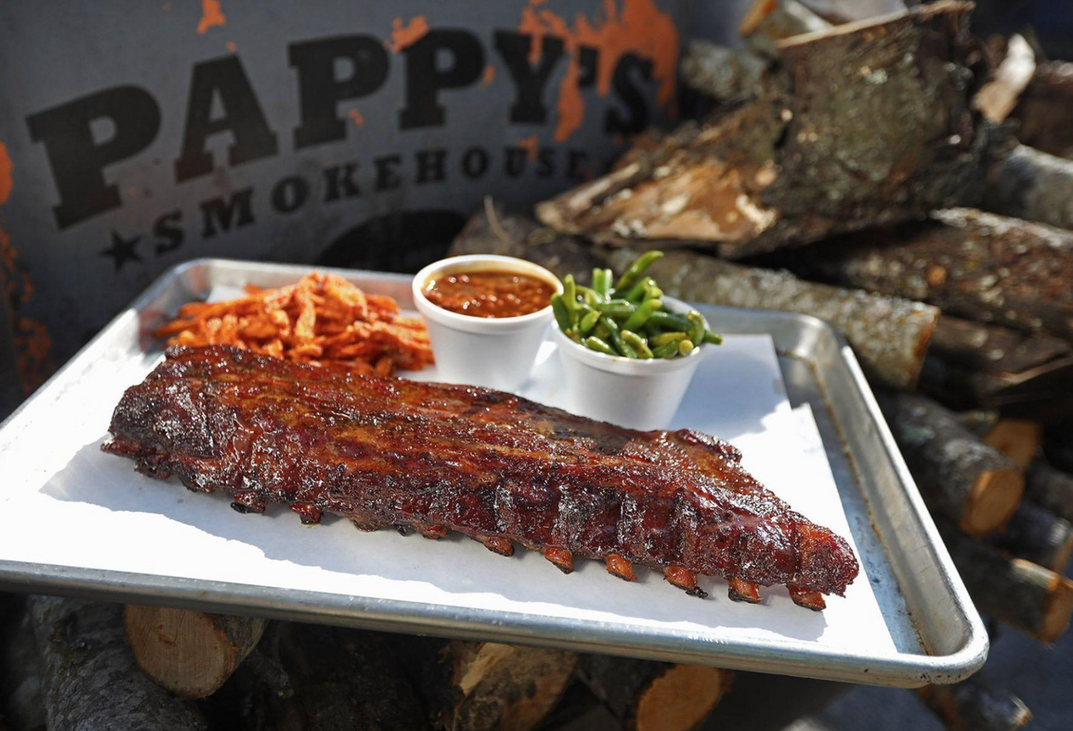
3106 Olive St, St. Louis, MO 63103, USA
Distance: 8.87 mi (straight line)
Our bi-weekly newsletter provides news, history, and information for those interested in traveling along along the Lewis & Clark Trail.